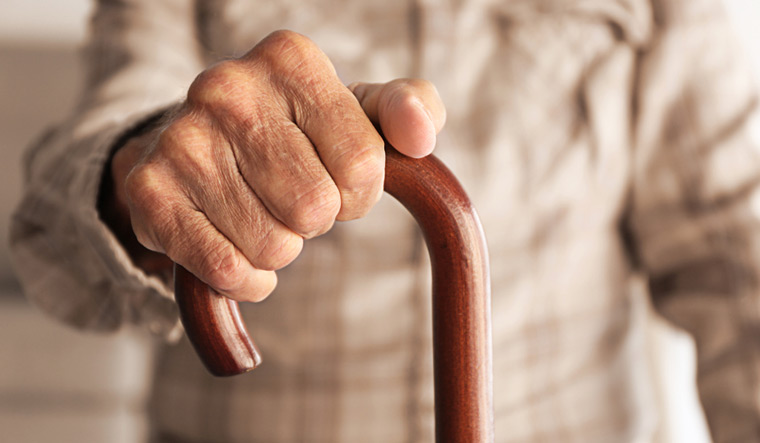A team led by an Indian scientist has transformed the simple cane, which has been around since ancient times, into a 21st century robotic device that can provide light-touch assistance in walking to the aged and others with impaired mobility.
Researchers led by Sunil Agrawal, a professor at Columbia University in the US has demonstrated, for the first time, the benefit of using the autonomous robot that "walks" alongside a person to provide light-touch support.
The support is like one might experience while lightly touching a companion's arm or sleeve to maintain balance while walking, according to the study published in the journal IEEE Robotics and Automation Letters.
"Often, elderly people benefit from light hand-holding for support," said Agrawal, who is also a member of Columbia University's Data Science Institute.
"We have developed a robotic cane attached to a mobile robot that automatically tracks a walking person and moves alongside" he said.
"The subjects walk on a mat instrumented with sensors while the mat records step length and walking rhythm, essentially the space and time parameters of walking, so that we can analyse a person's gait and the effects of light touch on it," said Agrawal.
The light-touch robotic cane, called CANINE, acts as a cane-like mobile assistant.
The device improves the individual's proprioception, or self-awareness in space, during walking, which in turn improves stability and balance.
"This is a novel approach to providing assistance and feedback for individuals as they navigate their environment," said Joel Stein, a professor at Columbia University.
"This strategy has potential applications for a variety of conditions, especially individuals with gait disorders," Stein said.
The team fitted 12 healthy young people with virtual reality glasses that created a visual environment that shakes around the user -- both side-to-side and forward-backward -- to unbalance their walking gait.
The subjects each walked 10 laps on the instrumented mat, both with and without the robotic cane, in conditions that tested walking with these visual perturbations.
In all virtual environments, having the light-touch support of the robotic cane caused all subjects to narrow their strides, researchers said.
The narrower strides, which represent a decrease in the base of support and a smaller oscillation of the centre of mass, indicate an increase in gait stability due to the light-touch contact, they said.
"The next phase in our research will be to test this device on elderly individuals and those with balance and gait deficits to study how the robotic cane can improve their gait," said Agrawal.
"In addition, we will conduct new experiments with healthy individuals, where we will perturb their head-neck motion in addition to their vision to simulate vestibular deficits in people," he said.
While mobility impairments affect four per cent of people aged 18 to 49, this number rises to 35 per cent of those aged 75 to 80 years, diminishing self-sufficiency, independence, and quality of life.
By 2050, it is estimated that there will be only five young people for every old person, as compared with seven or eight today, researchers said.
"We will need other avenues of support for an ageing population. This is one technology that has the potential to fill the gap in care fairly inexpensively," Agrawal noted.



